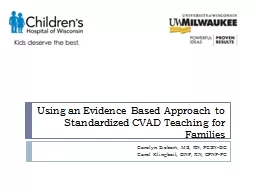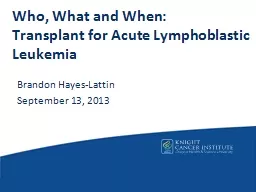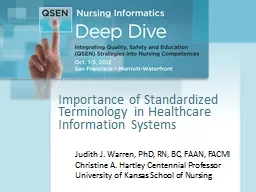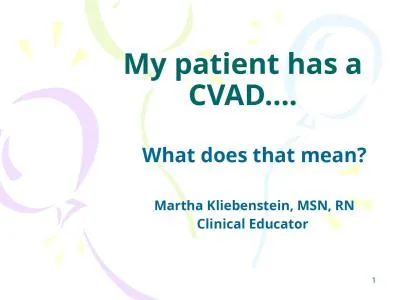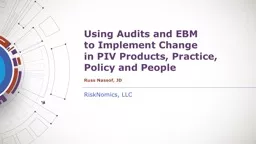PPT-Using an Evidence Based Approach to Standardized CVAD Teaching for Families
Author : tatyana-admore | Published Date : 2018-12-12
Carolyn Ziebert MS RN PCSNBC Carol Klingbeil DNP RN CPNPPC Objective Describe the use of the QSEN competencies to evaluate the impact of a structured teaching intervention
Presentation Embed Code
Download Presentation
Download Presentation The PPT/PDF document "Using an Evidence Based Approach to Stan..." is the property of its rightful owner. Permission is granted to download and print the materials on this website for personal, non-commercial use only, and to display it on your personal computer provided you do not modify the materials and that you retain all copyright notices contained in the materials. By downloading content from our website, you accept the terms of this agreement.
Using an Evidence Based Approach to Standardized CVAD Teaching for Families: Transcript
Download Rules Of Document
"Using an Evidence Based Approach to Standardized CVAD Teaching for Families"The content belongs to its owner. You may download and print it for personal use, without modification, and keep all copyright notices. By downloading, you agree to these terms.
Related Documents

